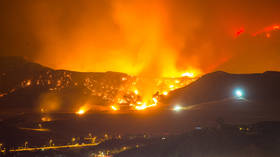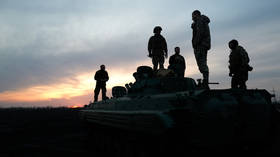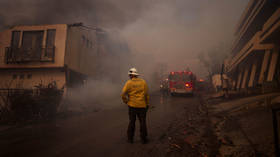Gas crisis focuses minds on new routes
As Europe waits for gas supplies to resume, support is growing among leaders to find alternative transit routes. Gazprom says it’s ready to accelerate the construction of proposed Nord and South Stream pipelines.
Industry insiders say the main lesson of the latest gas dispute may be that reliability of supply comes from diversification.
Russia is now backing three pipeline projects to pump gas directly to Europe, bypassing Ukraine: Nord Stream running under the Baltic Sea; South Stream via the Black Sea; and the second branch of Blue Stream going through Turkey.
Nord Stream, a joint venture with Germany, may be the first to be built.
Former German Chancellor and head of Nord Stream’s shareholders’ committee, Gerhard Schroeder, said at a meeting with PM Putin: “All EU member states consented to the Nord Stream project.”
He added that “the obligation of each country now is to support it. If all countries follow the agreement, the Nord Stream natural gas pipeline will be commissioned in October 2010.”
Analysts say many EU countries fear that although the new pipelines will allow Russian gas to bypass Ukraine, they will give Russia even greater control over supplies to Europe.
Head of research at Alfa Bank, Ron Smith, says some EU states “have been hesitating, saying that Nord Stream will make Europe even more dependent on Russian gas.”
However, Smith said, they “don’t have much of a choice. There are only a few sources of gas: Europe itself, Norway, North Africa and Russia,”
If the gas dispute between Ukraine and Russia continues it may give greater momentum to another project – the EU-backed Nabucco pipeline, planned to run from Turkey to Austria, bypassing Russia.












